Let’s be honest — walking into Costco is a bit like entering a grown-up version of Disneyland. Oversized everything, tempting free samples, and the illusion that buying in bulk will somehow make your life better (and cheaper).
With prices that seem unbeatable and carts the size of small boats, it’s easy to assume you’re always walking out with a good deal. But here’s the truth: not everything under that giant warehouse roof is worth your money.
Over the years, I’ve learned to navigate Costco’s budget battlefield like a pro. I’ve made plenty of impulsive buys that seemed smart in the moment but ended in regret, waste, or lackluster quality. I’ve also uncovered a few truly golden deals — items under $20 that actually deliver value, quality, and even a little joy.
The thing is, Costco’s price tags can be misleading. Just because it’s sold in bulk doesn’t mean it’s better or cheaper in the long run. Some items look like bargains but end up costing more in waste or disappointment. Others are well worth every penny and deserve a permanent place in your pantry or fridge.
In this guide, I’m breaking down 3 food items under $20 that are genuinely worth buying — the kind of products that save money, taste great, and perform every time — and 7 that you’re better off leaving on the shelf, no matter how appealing they may seem in the moment.
Whether you’re a Costco veteran or a curious newcomer with a fresh membership card, this list will help you shop smarter, skip the duds, and make every dollar count. Let’s dive into the winners and the wallet-drainers of the Costco food world.
1. Buy: Kirkland Signature Organic Extra Virgin Olive Oil
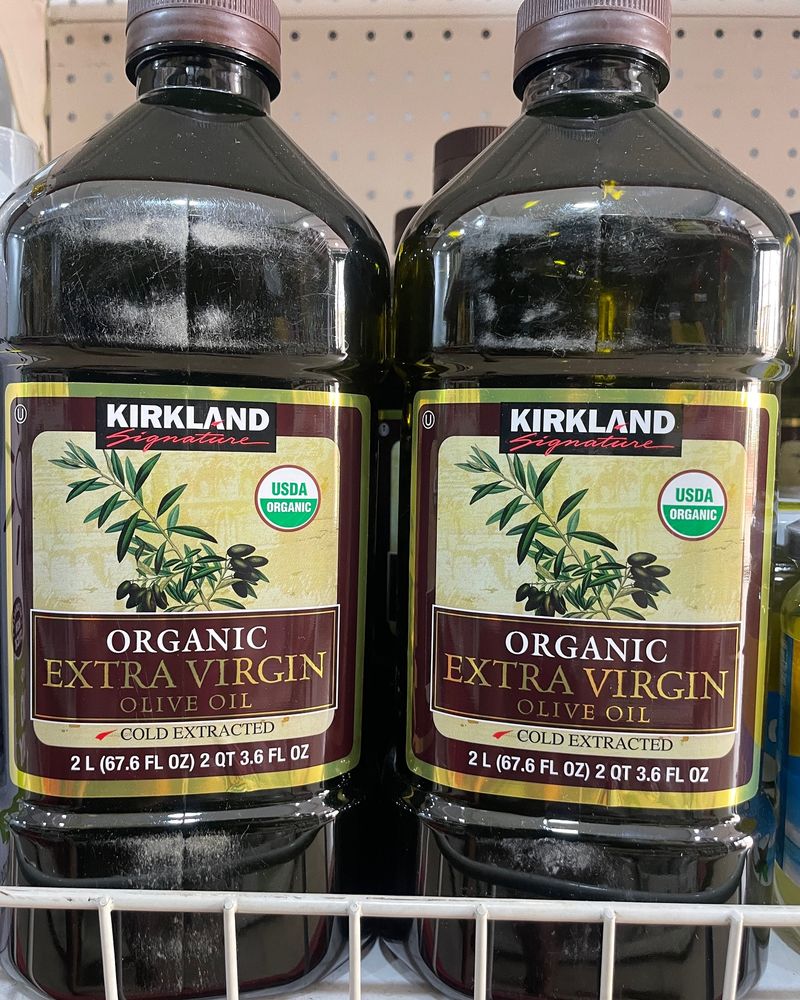
Liquid gold in a bottle without the premium price tag! This organic olive oil consistently ranks among the few brands that actually pass authenticity tests, meaning you’re getting genuine extra virgin olive oil rather than the diluted stuff other retailers sell.
The two-liter bottle typically costs around $15-18 and lasts for months. Professional chefs often choose this brand for their restaurants because of its balanced flavor profile and versatility in cooking.
The dark bottle also protects the oil from light damage, preserving its quality longer than many competitors. For the quality-to-price ratio, nothing else in the olive oil aisle comes close.
2. Buy: Rotisserie Chicken
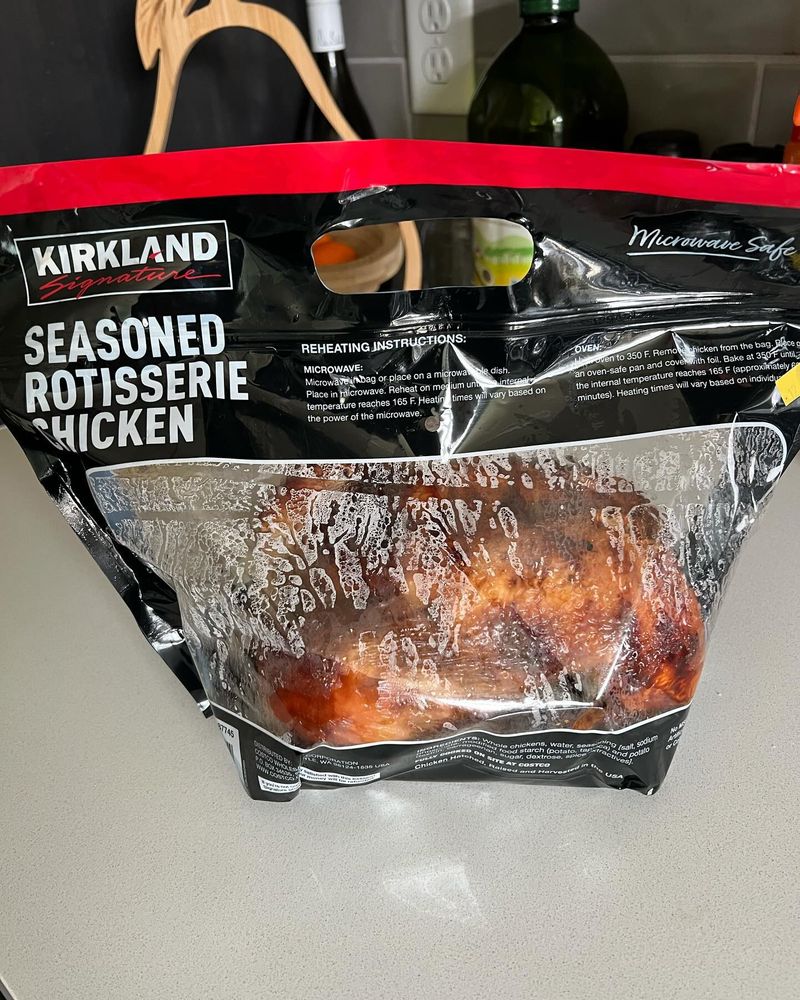
The legendary $4.99 bird that’s become Costco’s calling card! Each perfectly seasoned chicken weighs around 3 pounds and comes hot and ready to eat. What makes this deal even more impressive is that Costco actually loses money on each one they sell, using it as a “loss leader” to get you in the door.
Beyond being delicious on day one, a single rotisserie chicken can transform into multiple meals throughout the week. Shred it for tacos, slice it for sandwiches, or toss it into soups.
Many competitors have tried to match this deal, but none offer the same size and quality at this price point.
3. Buy: Kirkland Signature Organic Maple Syrup

Maple syrup enthusiasts know that the real stuff comes with a hefty price tag at regular grocery stores. Costco’s organic maple syrup breaks that mold by offering a full liter of Grade A amber syrup for around $13-15.
Sourced from Quebec, this syrup has a rich, complex flavor that artificial syrups can’t begin to imitate. The glass bottle prevents any plastic taste from leaching into your precious breakfast topping.
Consider that a small bottle at a standard grocery store often costs $8-10 for just 8 ounces, and the value becomes clear. This is liquid gold that transforms ordinary pancakes into a gourmet experience!
4. Pre-Cut Fruit Containers
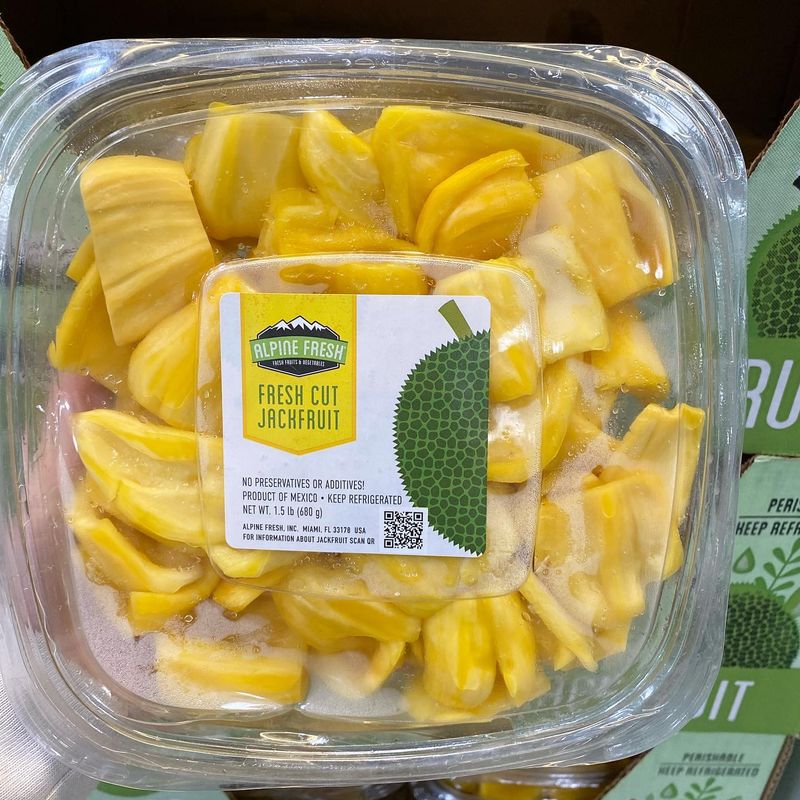
Convenience comes at a steep price with these colorful containers of pre-cut fruits. While they look tempting in their neat packaging, you’re paying a massive markup for someone else to do a few minutes of work with a knife.
A typical container costs $10-15 but contains fruits that would cost half that amount if purchased whole. The pre-cut fruit also spoils much faster than intact fruit, often turning mushy or developing off-flavors within 1-2 days.
The environmental impact adds another reason to skip these – excessive plastic packaging for items that come in their own natural wrappers. Save your money and spend 10 minutes cutting your own fruit at home.
5. Bakery Muffins
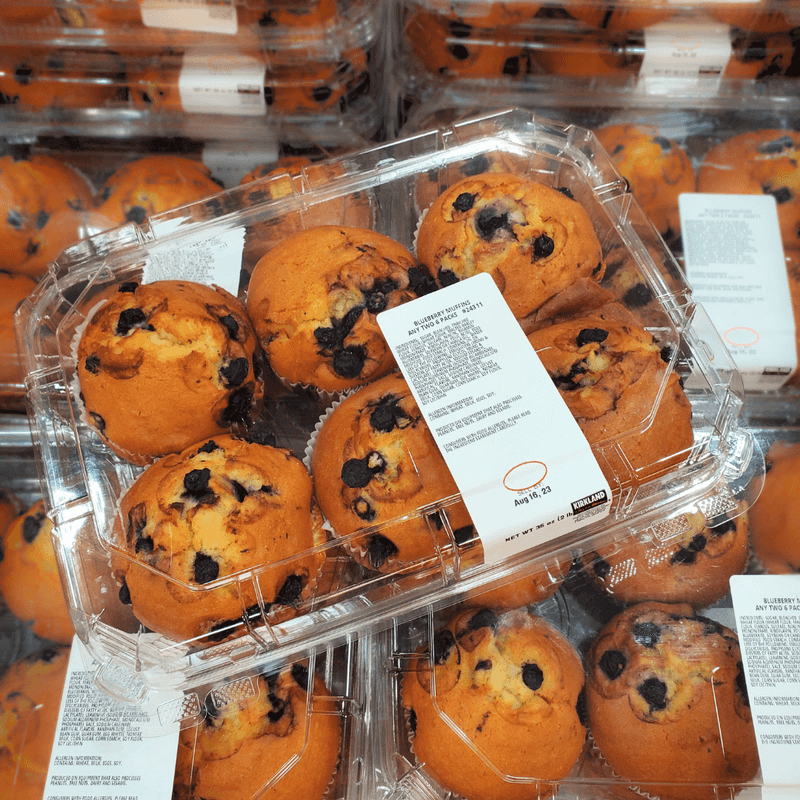
Those massive muffins might seem like a steal at around $8 for six, but don’t be fooled by their impressive size! Each Costco muffin packs a whopping 600-690 calories and contains shocking amounts of sugar – sometimes up to 40 grams per muffin.
The super-sized portions encourage overeating, and most people don’t realize they’re consuming the caloric equivalent of a meal in what they perceive as a simple breakfast item. Even freezing them for later doesn’t solve the nutritional pitfalls.
While they taste delicious, these muffins represent one of the biggest health traps in the warehouse. Your waistline and blood sugar will thank you for walking past these tempting treats.
6. Name-Brand Cereals
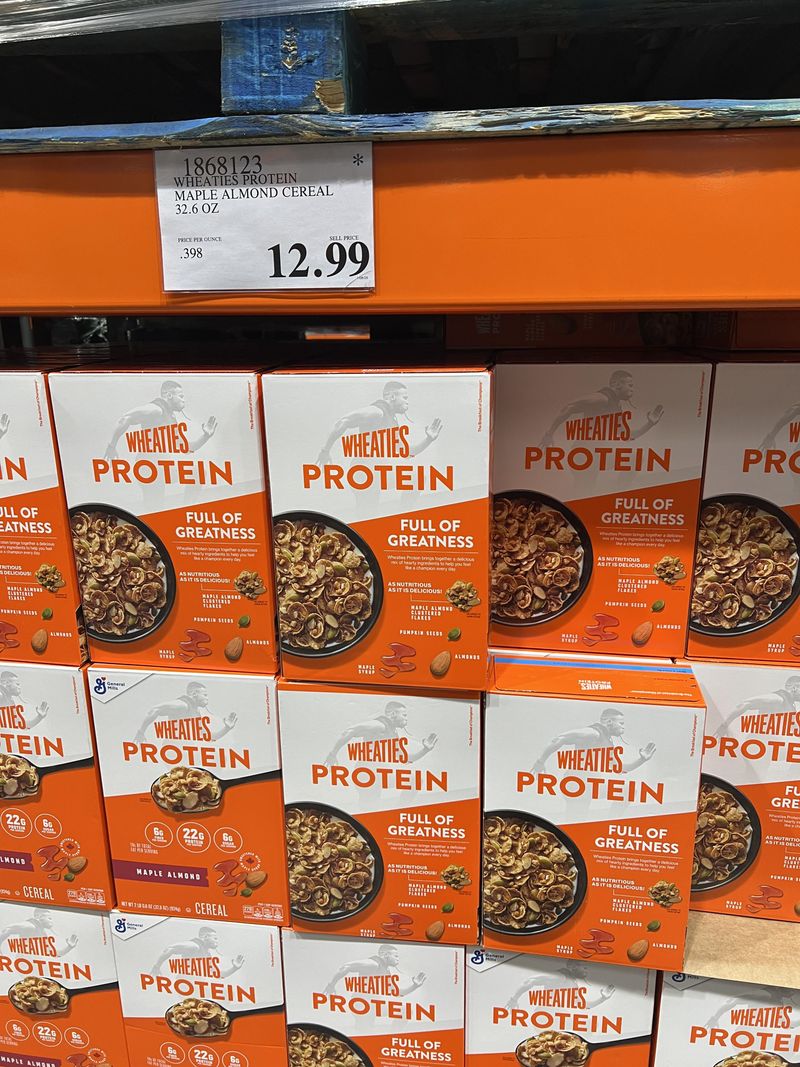
Morning breakfast favorites like Cheerios and Frosted Flakes appear in massive twin-packs that might seem like good deals initially. Reality check: Costco’s prices on name-brand cereals often aren’t significantly better than sale prices at regular grocery stores.
These cereals also tend to go stale before many families can finish them, especially the non-resealable bags inside the boxes. The nutrition profile isn’t doing you any favors either – most contain excessive sugar and minimal fiber.
Smart shoppers know to compare unit prices carefully. When you do, you’ll find that grocery store sales combined with coupons frequently beat Costco’s everyday pricing on these items. Your pantry space deserves better!
7. Produce Multi-Packs
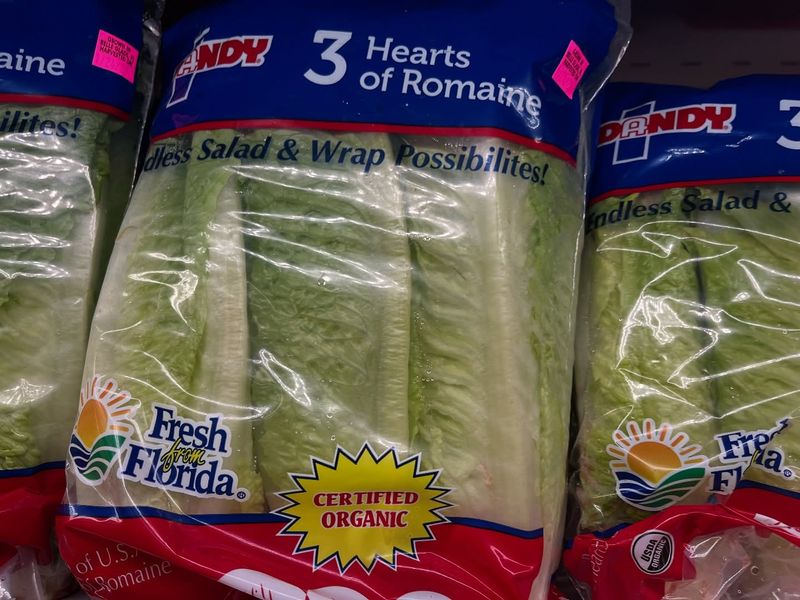
Three romaine lettuce hearts for $3.99 might seem like a vegetable victory, but for smaller households, these produce multi-packs often lead to wilted waste in the crisper drawer. Costco’s produce comes in quantities designed for large families or commercial kitchens.
Avocados sold in bags of five all ripen simultaneously, leaving you with four overripe avocados after using just one. The three-pound strawberry containers frequently develop mold before you reach the bottom layer.
Unless you’re feeding a small army or plan to process and freeze immediately, most shoppers find themselves throwing away significant portions of these produce packs. The real cost includes what ends up in your trash can!
8. Kirkland Signature Bacon
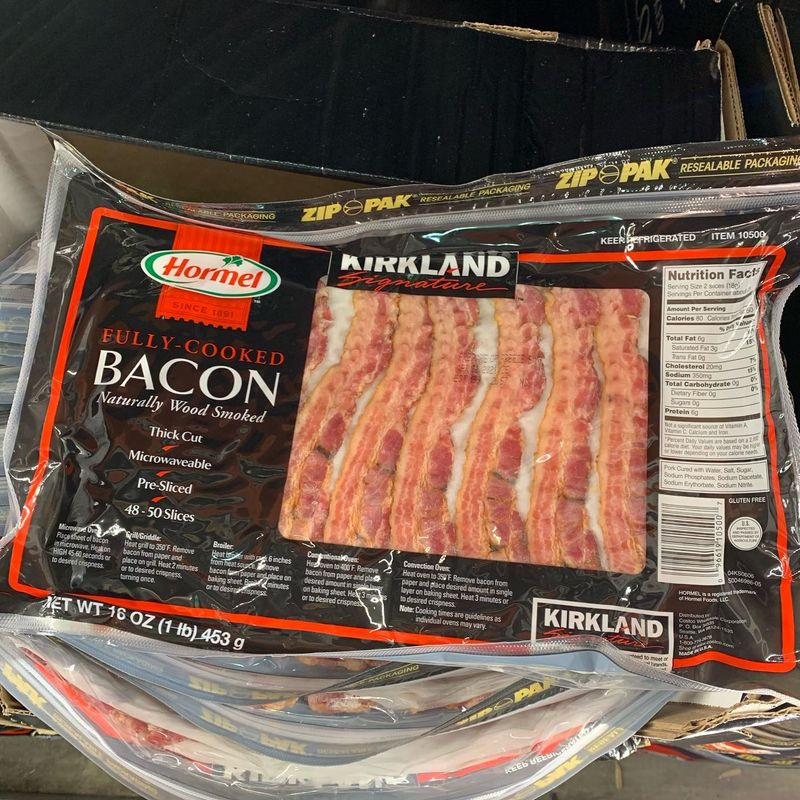
Four pounds of bacon for under $20 sounds like a breakfast lover’s dream until you open the package. Unlike most bacon that comes in a single resealable package, Costco’s version comes with four individually wrapped pounds, creating a freezer-stuffing dilemma.
Quality inconsistencies plague this product, with many customers reporting excessive fat and shrinkage during cooking. The thickness varies dramatically between packages and sometimes even within the same package.
The sodium content exceeds many competitor brands, and the flavor doesn’t match what you’d get from a specialty butcher or even certain grocery store options. This is one Kirkland product where the savings don’t justify the quality compromise.
9. Prepared Deli Meals
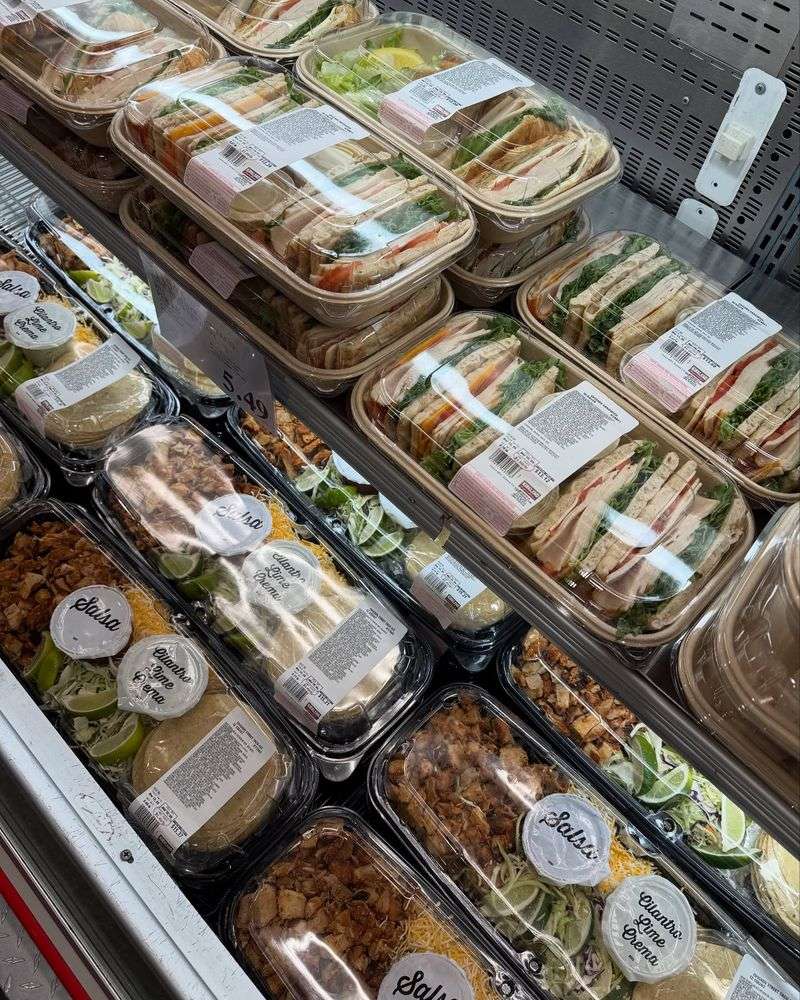
Those massive take-and-bake pizzas, macaroni and cheese trays, and chicken alfredo pans catch your eye when you’re hungry, but they deliver disappointment at dinnertime. Most contain alarming levels of sodium – sometimes more than your entire daily recommended intake in a single serving!
The quality rarely matches what you’d make at home or get from a restaurant. Pasta dishes often turn mushy when reheated, and the cheese on pizzas frequently separates into an oily mess.
For what you pay (usually $15-20), you could purchase ingredients to make a fresher, healthier version at home with enough for leftovers. These prepared foods represent convenience at the expense of both health and flavor.
10. Bulk Spices
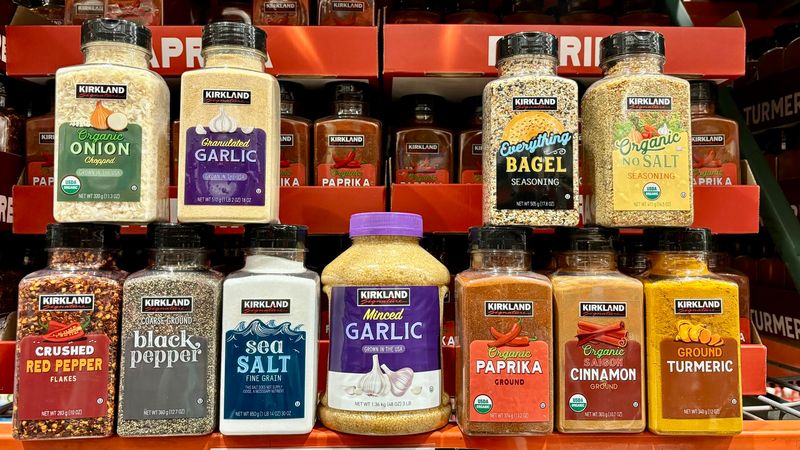
Giant containers of paprika and garlic powder might seem like the deal of the century until you understand how spices work. Most ground spices begin losing potency after just 6-12 months, meaning that massive container will deliver bland results long before you reach the bottom.
The price per ounce may be impressive, but the value disappears when half goes unused or provides diminished flavor. For most households, these containers take up valuable cabinet space for years.
Exposure to air, light, and heat every time you open the container accelerates quality degradation. Unless you’re cooking for a restaurant or very large family, these spice containers represent false economy that results in disappointing meals.
Leave a comment